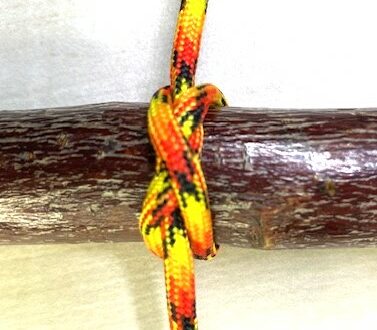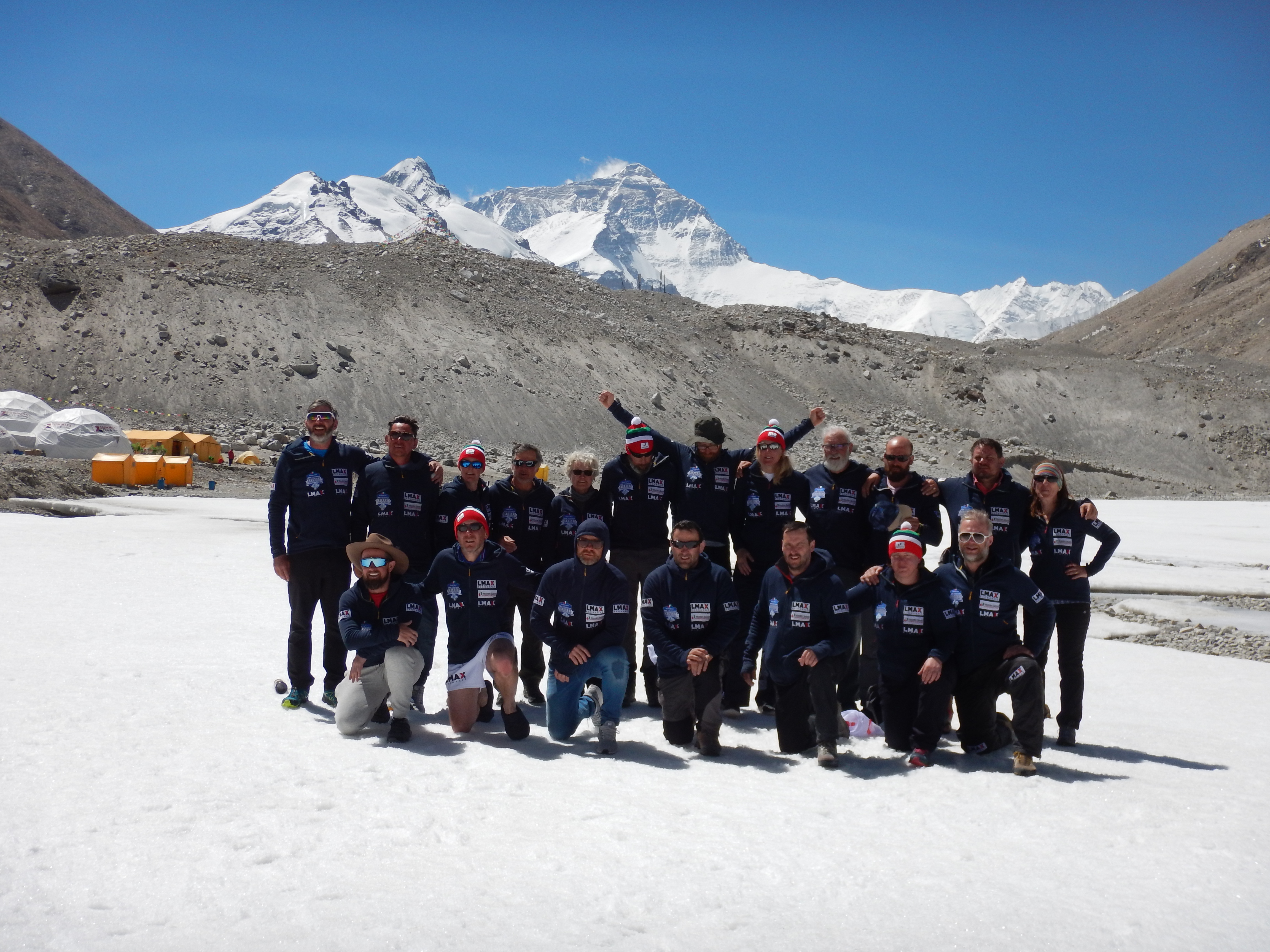Footwear is the ultimate Foundation of our Personal Kit.
Footwear is the essential gear that grounds me, supporting every step I take across diverse and challenging terrains. It’s not just an accessory; it’s a critical investment in my overall physical and mental well-being. Without the right footwear, even the most meticulously planned adventure can be derailed, as comfort, stability, and resilience are crucial for pushing forward.
Since the age of nine, when I was told I would be a cripple, footwear has been of vital importance to me. From the lightweight running shoes I wore during two London Marathons in the mid-eighties to the rugged Baffin boots that provided cold comfort during my 650 km trek to the North Pole in 2009, the right footwear has been essential in enabling me to overcome challenges and pursue my passions.
As an avid hiker and trekker, I know that hiking boots are commonly categorized into three groups: lightweight, midweight, and heavyweight. These categories are based on factors like weight, ankle stability, and foot support; also are they breathable and waterproof.
When choosing footwear for a hike, I consider many factors. Ideally, I seek something comfortable yet robust, lightweight yet capable of handling various hiking conditions.
There’s no one-size-fits-all solution; personal factors must be taken into account. My foot type, my body weight and past injuries significantly affect which type of footwear benefits me the most can influence the decision on what’s right for me.
Therefore, choosing the right footwear goes beyond comfort; it’s essential for enabling me to continue defying the odds and pursuing the activities I love.
PS> It’s also important for me to break in any new hiking footwear. Turning up with brand new boots or shoes could leave me miserable and possibly result in long-term injuries.
Investing in good footwear is crucial for comfort, performance, and safety, especially when embarking on various adventures or attending specific events. The right shoes, boots, and socks depend on the type of activity, environment, and weather. Here’s a breakdown of how to select footwear for different scenarios:
1. Shoes
Good shoes are essential for activities like running, walking, or casual outdoor adventures.
- For Hiking: Look for hiking shoes with:
- Grip and Traction: Outsoles with deep lugs to handle various terrains.
- Cushioning: Adequate support for the feet to prevent fatigue.
- Breathability: If you’re in warm climates, look for shoes with mesh panels or ventilation.
- Water Resistance: Opt for waterproof materials if you’re going through wet areas, such as GORE-TEX.
- For Running: Invest in running shoes with:
- Cushioning and Support: Designed for impact absorption, particularly for long distances.
- Arch Support: Depending on your foot type (neutral, high arch, or flat feet).
- Breathability: To prevent sweat buildup and blisters.
- For Casual or Rural Adventures: Comfortable walking shoes with:
- Arch and Heel Support: A good choice for walking long distances.
- Flexible Sole: Ensures ease of movement.
- Durability: Ensure they can handle pavement, stairs, or other urban elements.
2. Boots
If you’re engaging in more rugged activities or cold weather conditions, boots provide additional protection and support.
- For Backpacking or Trekking: Look for backpacking boots with:
- Ankle Support: High-cut boots to prevent sprains or injuries on uneven terrain.
- Stiff Sole: For stability while carrying a heavy load.
- Waterproofing: Vital for multi-day hikes through streams or rain.
- For Winter Activities: Consider insulated winter boots with:
- Thick Insulation: For warmth in snow or freezing conditions.
- Waterproofing: Keeps feet dry when walking through snow or slush.
- Grippy Outsole: Special treads or soles that prevent slipping on ice.
- Arctic Conditions: Baffin boot with waffle-comb foot-beds under the lining system
Tips for Choosing the Right Footwear:
- Correct Fit is Key: Always ensure a proper fit to avoid blisters and discomfort. Shoes and boots should have enough space for your toes to move, but not so loose that they slide.
- Break Them In: Never wear new shoes or boots on a big adventure without breaking them in. Take time to wear them on shorter walks or hikes first.
- Consider Insoles: Custom or specialized (orthotics as I do) insoles can enhance comfort, especially for those with high arches or flat feet.
- Look for Versatility: If you’re going on a multi-environment trip (urban to trail), choose shoes that offer a balance between durability, support, and style.
By selecting high-quality footwear and socks tailored to your event or adventure, you can ensure maximum comfort, prevent injury, and make the most of your experience.
#livealifetodiefor #SussexCancerFund #LymphomaCancer #itsrogerx
**I am excited to share the captivating story of my extraordinary journey with you. Also my How-To Becoming a Fearless Adventurer



